Dal Lake is at the heart of Srinagar city.
Imagine the lulaby of the oars as they play at the cool Dal waters.
The pictures say it all. Beautiful indeed. SubhanAllah!
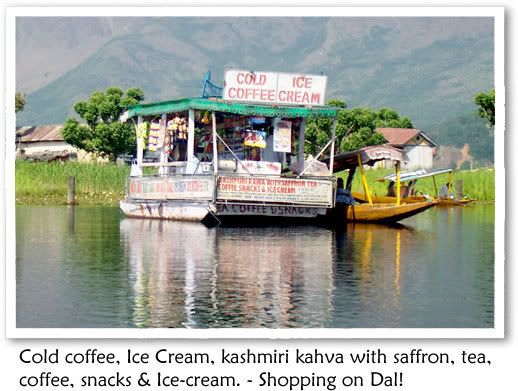
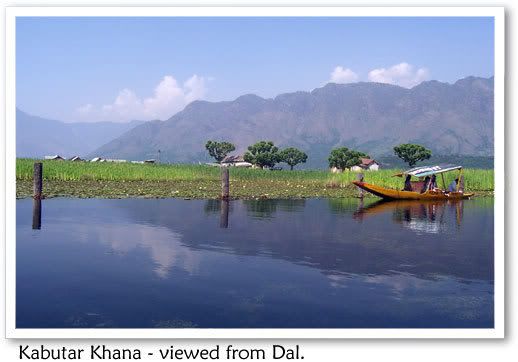
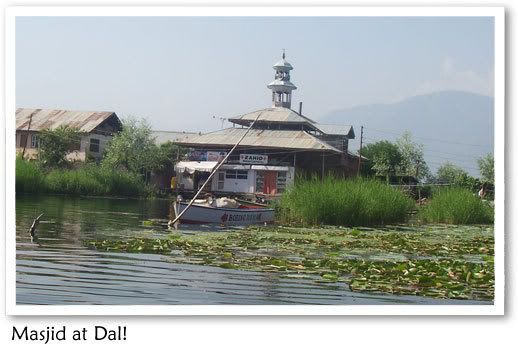
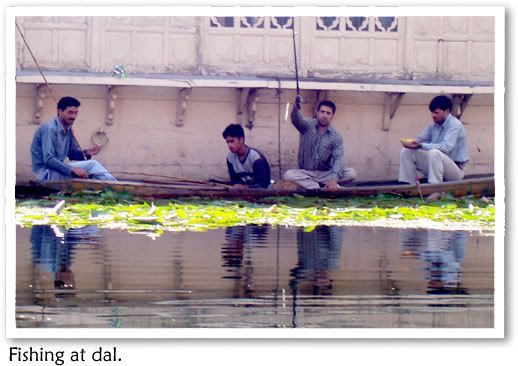
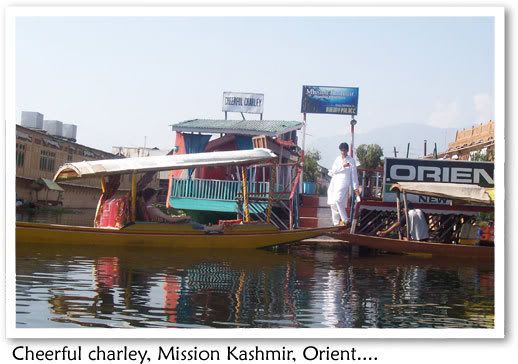
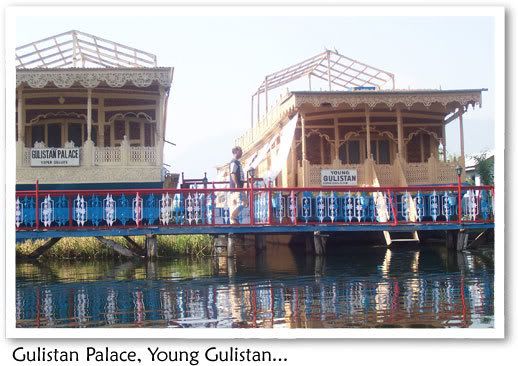

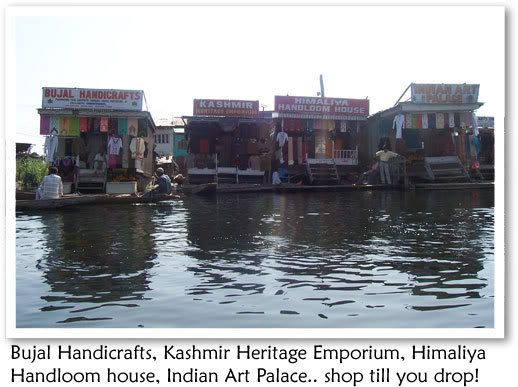
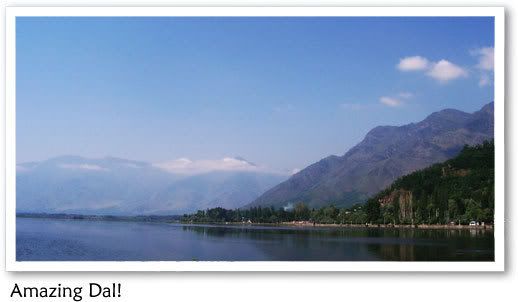
(all pics (c) 2007 Asma Yasrib )

Dal Lake is at the heart of Srinagar city.
Imagine the lulaby of the oars as they play at the cool Dal waters.
The pictures say it all. Beautiful indeed. SubhanAllah!









(all pics (c) 2007 Asma Yasrib )
Comments are closed.
but wr r the pictures?
@yahya
Don’t you see the pictures???
yup that is just a part of the dal.. d lovely part.. the real bitter truth is sumthing else
lvly pics but no reality
@ sakooter:
I wonder, are those real pictures taken by you? or taken from online?
Like the pics though 🙂
@mamoon.
This is part of the reality. The better part.
And if the LAWDA does more than just talk and get money for projects (to fill thier own pockets), then maybe this reality will stay with us .
@Abu Sadat Nurullah
Yup! The pics are mine. I happened to go for a ride in shikara (a small boat) some time back, and I cant help but say, Dal is amazing! SubhanAllah.
beautiful pics taken by u!
many lakes all over de world, in recent years are threatened by increasing pollution as a result of human activities in lake catchment areas.
hope tht all operators in Dall Lake here, wont ignore their responsibilities towrds surrounding environment while making some money on the business. having good maintenace system is essential
or else de live beauty of it will die..
Where can we get jashn e azadi in U.S. Can you upload it to youtube or something. It would be of great help.
Dear Friends
There will be a short series of screenings of my new film on Kashmir Jashn-e-Azadi (How we celebrate freedom) in the US and Canada next month. There is a brief synopsis placed below, but if you would like to know more about the film – or it’s short, and somewhat tempestous life – do check our blog or write to us at
And please share this mail with those who might be interested
Warmly
Sanjay Kak
—————–
Film screenings of Jashn-e-Azadi (how we celebrate freedom)
US Canada Sept 18 – Oct 2, 2007
Sep 18 Tue : Scr 1: University of Minnesota, Minneapolis : 7 pm
[ Anne Jin Soo Preston ]
Sep 20 Thu : Scr 2: Yale University, MacMillan Center : 4 pm
[ Barbara Papacoda ]
Sep 21 Fri : Scr 3: University of Toronto / CSAS, Munk Centre : 3 pm
[ Sarah Lang ]
Sep 22 Sat : Scr 4: Toronto, SALDA @ Cinema Royal, 608 College (at Clinton St.) : 3 pm
[ Ali Kazimi ]
Sep 23 Sun : Scr 5: Boston, AID & Secular South Asia @ MIT : 4 pm
[ Sunita Dubey ]
Sep 25 Tue : Scr 6: New York, New School for Social Research / South Asia Forum : 4 pm
[ Prof Vyjayanthi Rao ]
Sep 26 Wed : Scr 7: Vassar College, New York : 4 pm
[ Prof Amitava Kumar ]
Sep 27 Thu : Scr 8: Univ of Pennsylvania, Philadelphia / South Asia Center & Cinema Studies : 5 pm
[ Haimanti Banerjee ]
Oct 2 Tue : Scr 9: University of Texas, Austin / South Asia Institute : Meyerson Conf. Room, Will C. Hogg Bldg : 7:00 p.m.
[ Prof Kamala Visweswaran ]
Synopsis: Jashn-e-Azadi
It’s 15th August, India’s Independence day, and the Indian flag ritually goes up in the heart of Srinagar, Kashmir. But the empty streets and the sullen silence that greet India’s claim on Kashmir spark off old questions about freedom – azadi – and the denial of freedom.
In the aftermath of 18 years of an armed struggle, with 60,000 dead and nearly 7,000 missing, death and loss is everywhere. Sometimes it’s marked (as in the dozen’s of ‘martyr’s graveyards’ that dot the valley); sometimes in the process of being uncovered (as we follow a group of men involved in a ‘survey of death’); and sometimes expressed in the fractured minds of ordinary Kashmiris (who we encounter in the Psychiatric Ward of a city hospital).
As the Kashmiri people begin to look within their ledger of loss, we slowly prise open the meanings of Kashmir’s struggle for Azadi, freedom. For this has been a liberation movement whose only flag has been it’s martyrs – it’s shahid – and whose only anthem are its slogans.
Using a beguiling mix of verite footage, rare archival material, poetry and text, the film is a provocative look at Indian democracy in the 60th year of India’s independence, and a reflection on power, resistance and “freedom’s terrible thirst”.
What are your thoughts on the environmental situation in Kashmir? How much damage is there being done and what can we do to prevent it? Is there sufficient public awareness of the environmental impact of deforestation and other such activities amongst the public or globally?
I really feel strong about the environment in Kashmir and would like to be part of a long-term solution to this problem.